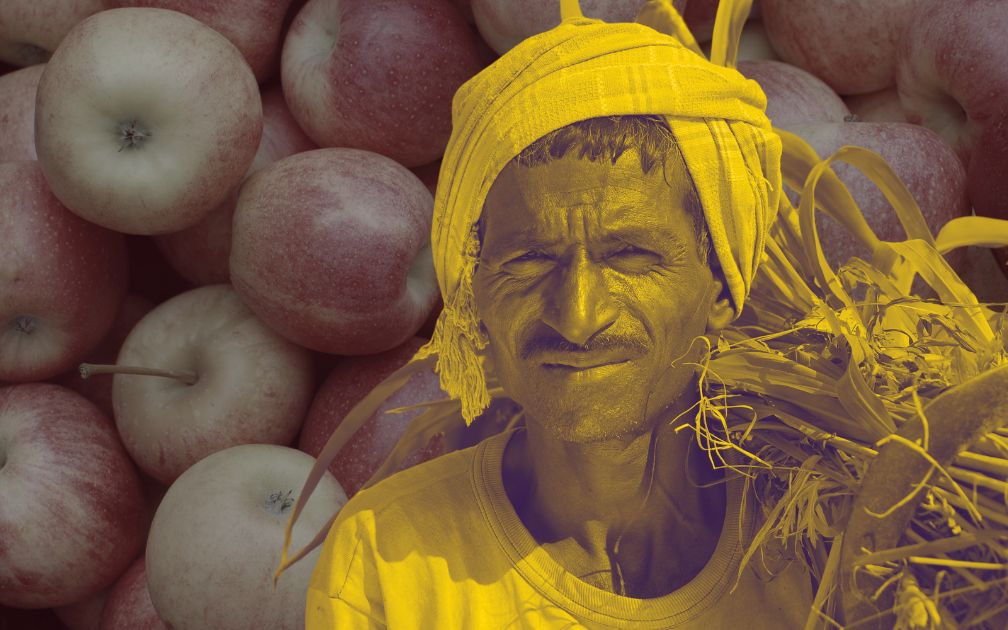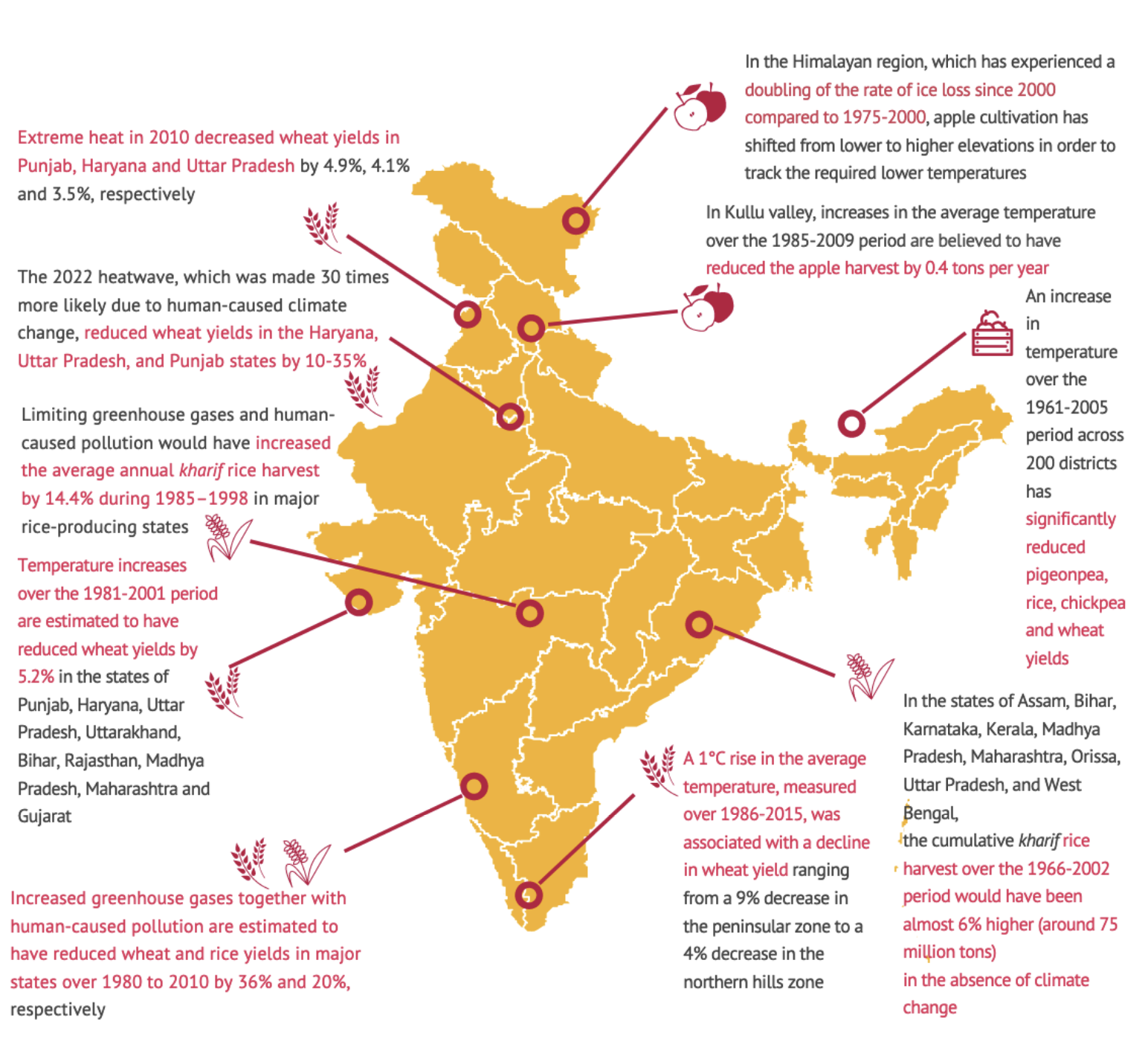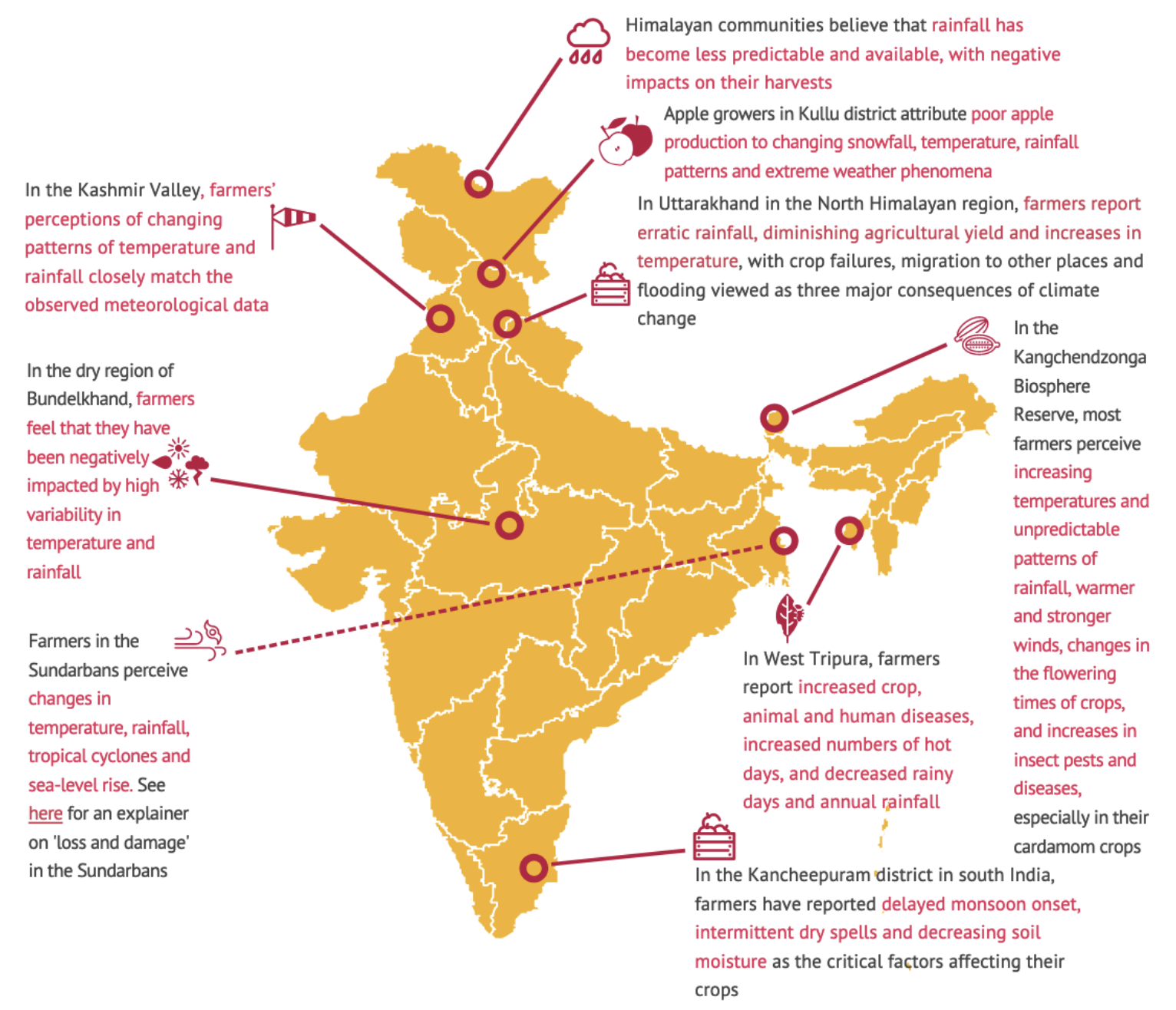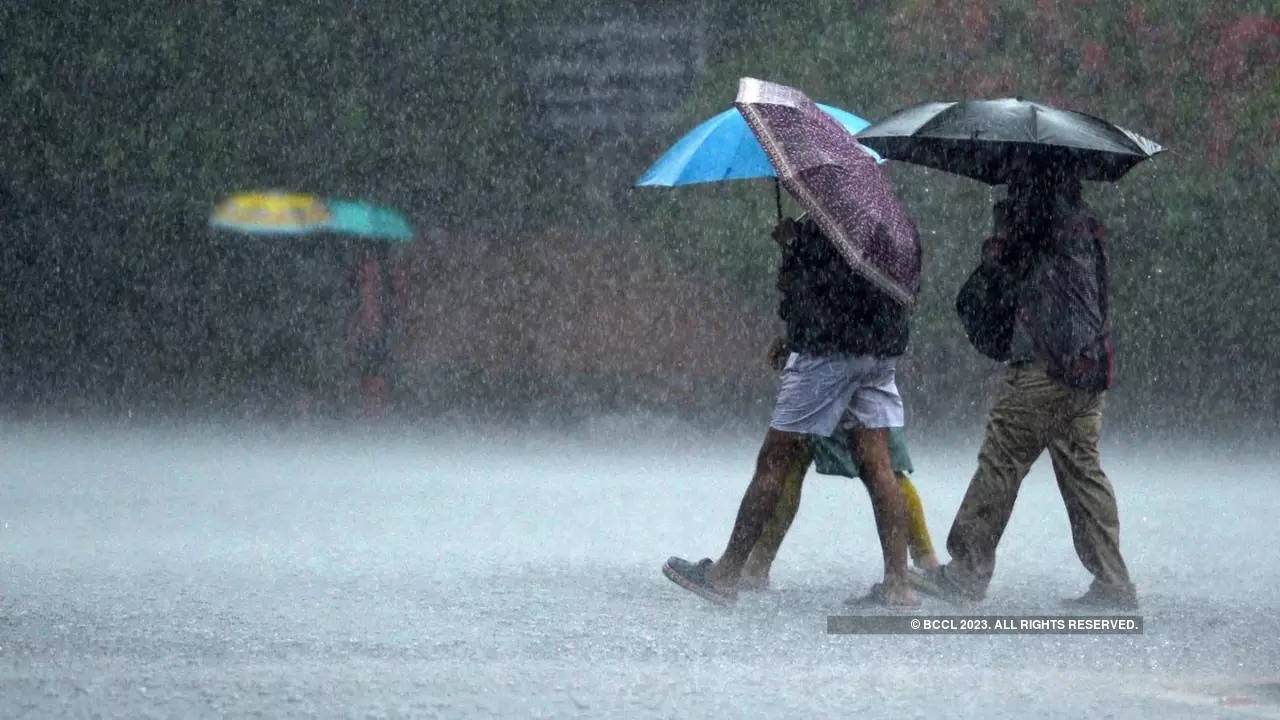Unveiling the Toll: A Closer Look at India's Agriculture and Climate Impact (Part 2)
Climate change's fingerprints on Indian agriculture and the complexities of extreme weather, humidity impacts, and rising temperatures on crop productivity, farmer perceptions, and rural communities' resilience.
By Editorial Team / Jan 2, 2024

Weather is naturally highly variable and is influenced by a variety of factors. To quantify the role of human-caused climate change in a weather event, scientists use models to estimate what the climate - which reflects the longer-term trends in weather - might have been like without human influence. This estimate is used to assess how much more likely an event was to have occurred under the conditions of our current warmer world, compared to when there was little influence of humans on the climate. For example, though India experienced record-breaking temperatures in the May 2016 heatwave, scientists did not find this event to be statistically significant. In other words, the likelihood of this event occurring was not made substantially higher by human-caused climate change. By contrast, the March 2022 heatwave - which was the hottest March on record in India - was made 30 times more likely because of climate change. See here for an interactive map of weather events attributed to climate change.

Farmers' perceptions of climate change impacts
Studies have found that farmers’ perceptions of climate change in India often match the observed meteorological trends in climate. It has also been found that a higher level of education and a joint family structure (several generations and their spouses living together) are factors associated with an improved perception of climate change. In Odisha, farmers’ perceptions of climate change most closely matched data from the nearest weather station but were divergent from stations situated further away. This suggests that caution should be taken when interpreting these perceptions at larger geographic scales. Farmers’ perceptions of climate change are essential for informing adaptation decisions in agriculture - but they can be misleading in some cases: in the eastern dry zone, farmers attributed water shortages to lower overall rainfall when in fact this was due to the increased use of water-intensive crops and shorter periods of rainfall.

How do extreme heat and humidity impact crops and people?
Heat stress significantly limits crop yield and growth by causing leaf, seed and plant death and interfering with reproduction and growth cycles. For example, a sudden increase in temperature in India in 2010 during a critical growth phase in wheat reduced yields by up to 20% in some districts. Even a single heatwave during a critical growth phase has been shown to negatively impact wheat, maize and soybean yields. Extreme heat in June this year is believed to have interfered with the development of tomatoes, causing significant yield losses.
Heat stress has significant health risks, particularly for farmers who work outdoors with little protection from the elements. A total of 153 billion hours of work were lost across the world in 2017 due to heat exposure, 80% of which were lost in the agricultural sector - about 70% of the rural population of India relies on agriculture for their livelihoods. From 1957 to 2000, hot days were associated with increased death in rural India, particularly in the growing season, with knock-on effects of reduced productivity and wages. A study attributed 59,000 suicides in India over the last three decades to crop-damaging warmer temperatures during the growing season. The 2022 heatwave is estimated to have led to at least 90 deaths in India and Pakistan.
People's vulnerability to heat is highly dependent on the level of humidity. When it is hot and humid, our bodies are less effective at cooling us down, which can be deadly. Humid heat is measured using the wet-bulb temperature, which can be considered the temperature measured by a thermometer covered by a wet towel: it will always be lower than the actual temperature until the air is completely saturated with moisture. It is believed that the wet-bulb temperature limit for humans - above which the body cannot regulate temperature and there is a risk of death - is 35°C, which would be reached at a temperature of 39°C and a humidity of 75%, or 45°C and 50% humidity. But even lower wet-bulb temperatures can be deadly, particularly for the elderly, unwell, those exposed to the outdoors or those engaged in physical exertion: a heatwave in India in 2015 with a wet-bulb temperature of 30°C killed around 2500 people. Climate change is expected to increase the risk of deadly heatwaves in South Asia. Under a 'business-as-usual' climate scenario, the agricultural regions of the Ganges and Indus River Basin are projected to exceed the critical wet-bulb temperature limit. Crops are also sensitive to humidity: high humidity and an elevated minimum temperature are thought to have reduced wheat yields in 2012- 2013 in the Indo-Gangetic Plains. Fungal plant disease outbreaks are also exacerbated by humid conditions, and climate change is expected to increase the risk of outbreaks.
This is part 2 of the Climate Change and Agriculture series.
Agriculture food inflation crop damage

